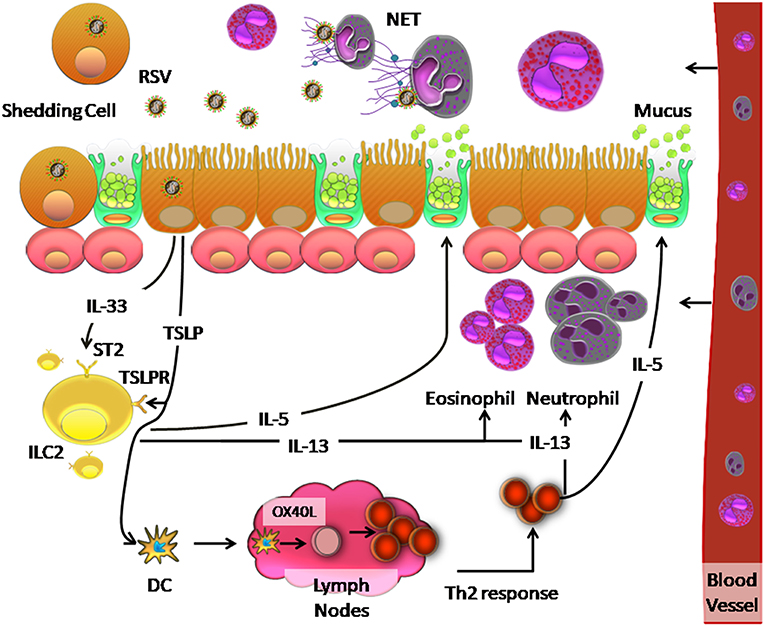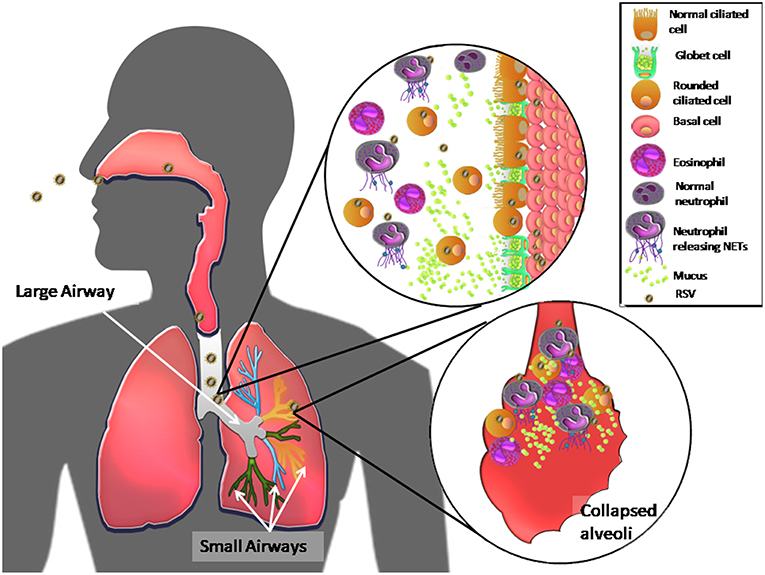Respiratory Syncytial Virus, commonly abbreviated as RSV, is a highly contagious viral infection that affects the respiratory system. It is one of the most common causes of respiratory illnesses in infants, young children, and older adults. While it often presents mild symptoms similar to the common cold, it can lead to severe complications, particularly in vulnerable populations. Understanding its causes, recognizing its symptoms, and knowing how to provide proper care are essential steps in managing this widespread condition.

What Is Respiratory Syncytial Virus?
Respiratory Syncytial Virus is a virus that primarily targets the respiratory tract, including the nose, throat, and lungs. It belongs to the family of viruses known as Paramyxoviridae and is responsible for a significant number of respiratory infections worldwide. The virus spreads easily through respiratory droplets when an infected person coughs or sneezes. It can also survive on surfaces, making it possible to contract the virus by touching contaminated objects and then touching the face.
How Does the Virus Spread?
- Direct Contact: Close contact with an infected individual, such as hugging or shaking hands, can transmit the virus.
- Airborne Droplets: When an infected person coughs or sneezes, tiny droplets containing the virus can be inhaled by others nearby.
- Contaminated Surfaces: The virus can survive on hard surfaces like doorknobs, toys, and countertops for several hours, allowing transmission through touch.
Causes of Respiratory Syncytial Virus Infection
The primary cause of this infection is exposure to the virus itself. However, certain factors can increase the likelihood of contracting the virus or experiencing more severe symptoms. These include:
Risk Factors
- Age: Infants and young children, especially those under two years old, are at higher risk due to their developing immune systems.
- Premature Birth: Babies born prematurely often have weaker immune systems and underdeveloped lungs, making them more susceptible.
- Chronic Health Conditions: Individuals with conditions such as asthma, chronic lung disease, or congenital heart problems are more prone to severe infections.
- Weakened Immune System: People with weakened immune systems, such as those undergoing chemotherapy or living with HIV, are at greater risk.
- Seasonal Outbreaks: The virus tends to peak during colder months, particularly in fall and winter, leading to increased transmission rates.
Symptoms of Respiratory Syncytial Virus
The symptoms of this viral infection can vary widely depending on the age and overall health of the individual. In most cases, the symptoms resemble those of a common cold, but they can escalate into more serious conditions in high-risk groups.
Mild Symptoms
For many people, especially healthy adults and older children, the symptoms are mild and resolve on their own within one to two weeks. These may include:
- Runny or stuffy nose
- Sneezing
- Cough
- Mild fever
- Sore throat
- Mild headache
Severe Symptoms
In infants, young children, and individuals with compromised immune systems, the infection can progress to more severe forms, such as bronchiolitis or pneumonia. Warning signs of severe illness include:
- Difficulty breathing or rapid breathing
- Wheezing or audible breathing sounds
- Bluish tint to the skin, lips, or nails due to lack of oxygen
- Poor feeding or dehydration
- Lethargy or extreme fatigue
- High fever that persists
Recognizing Symptoms in Infants
Infants may not exhibit typical symptoms like cough or fever. Instead, parents and caregivers should watch for:
- Irritability or unusual fussiness
- Decreased activity or alertness
- Flaring nostrils while breathing
- Chest retractions, where the skin between the ribs pulls inward during inhalation
Diagnosing Respiratory Syncytial Virus
Diagnosing this infection typically involves a combination of clinical evaluation and laboratory tests. A healthcare provider will assess the patient’s symptoms and medical history before deciding on further testing.
Common Diagnostic Methods
- Physical Examination: Doctors listen to the lungs for abnormal sounds, such as wheezing, and check for other physical signs of infection.
- Nasal Swab Test: A sample is collected from the nose using a cotton swab and analyzed for the presence of the virus.
- Chest X-ray: In cases of suspected pneumonia or bronchiolitis, imaging may be used to evaluate lung function and identify any abnormalities.
Treatment and Care Options
Currently, there is no specific antiviral medication available to treat this viral infection. Treatment focuses on alleviating symptoms and supporting the body’s natural healing process. Most cases resolve without medical intervention, but severe cases require prompt attention.
Home Care Measures
For mild cases, home care is usually sufficient. Some effective strategies include:
- Hydration: Drinking plenty of fluids helps prevent dehydration caused by fever or reduced fluid intake.
- Rest: Adequate rest allows the immune system to fight off the infection more effectively.
- Humidifier Use: Adding moisture to the air can ease breathing difficulties and soothe irritated nasal passages.
- Over-the-Counter Remedies: Saline drops or sprays can relieve congestion, while acetaminophen or ibuprofen may help reduce fever and discomfort (consult a doctor before giving medications to children).
Medical Interventions for Severe Cases
When the infection becomes severe, hospitalization may be necessary to provide advanced care. Treatments in these situations may include:
- Oxygen Therapy: Administered to patients experiencing low oxygen levels to ensure proper respiration.
- Intravenous Fluids: Given to combat dehydration if the patient cannot drink enough fluids orally.
- Bronchodilators: Medications that relax the muscles around the airways, helping improve breathing.
- Mechanical Ventilation: In rare, life-threatening cases, a ventilator may be required to assist with breathing.
Preventive Measures
While it is challenging to completely avoid exposure to this virus, certain preventive measures can significantly reduce the risk of infection or transmission.
General Prevention Tips
- Hand Hygiene: Regular handwashing with soap and water is one of the most effective ways to prevent the spread of germs.
- Avoid Close Contact: Stay away from individuals who are sick, and avoid sharing cups, utensils, or towels.
- Clean and Disinfect: Frequently touched surfaces, such as toys and doorknobs, should be cleaned regularly.
- Vaccination: Although there is no vaccine for the general population, a monoclonal antibody called palivizumab is available for high-risk infants to protect against severe disease.
Special Considerations for High-Risk Groups
Individuals with weakened immune systems or chronic health conditions should take extra precautions, such as avoiding crowded places during peak seasons and wearing masks in high-risk environments. Parents of premature babies or children with underlying health issues should consult their pediatrician about additional protective measures.
Long-Term Outlook and Complications
For most people, recovery from this viral infection occurs within one to two weeks without lasting effects. However, some individuals, particularly young children and older adults, may experience lingering complications, such as recurrent wheezing or asthma-like symptoms. In rare cases, severe infections can lead to long-term respiratory issues or even death, underscoring the importance of early detection and appropriate care.





